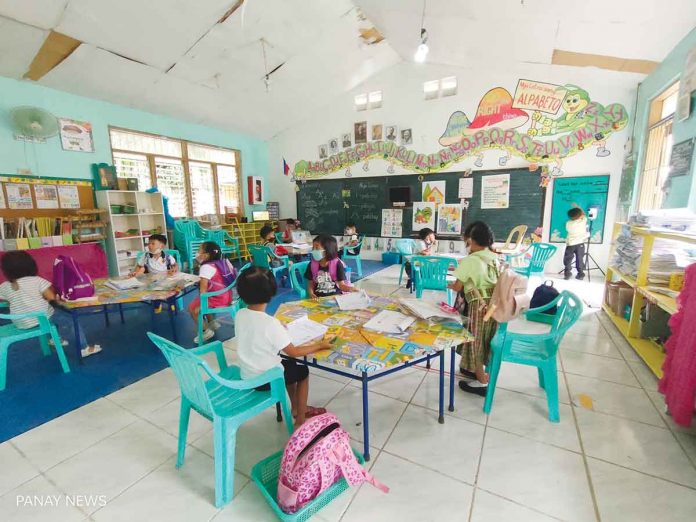
ILOILO – Cases of hand-foot-and-mouth disease (HFMD) in this province have seen a steep spike.
A total of 224 cases were recorded from Jan. 1 to 21, 2023 – 11,100 percent higher compared to only two cases reported in the same period in 2022.
HFMD is characterized by painful sores in the mouth and a rash on the hands and feet. Commonly caused by the coxsackievirus, this contagious infection occurs mostly in children.
HFMD was recorded in 24 towns.
The municipality of Pavia in the 2nd District logged the highest number of cases at 29.
Iloilo Provincial Health Office (IPHO) head, Dr. Maria Socorro Colmenares-Quiñon, said the number is expected to increase with the recent detection of eight new cases in the town.
Barotac Viejo reported 23 cases; San Dionisio , 21; Bingawan, 20; Calinog, 16; Barotac Nuevo, 15; Lemery, 13; Leon, 12; Pototan, 10; and Santa Barbara, nine.
The other cases were from Banate (nine), Lambunao (nine), Passi City (seven), Dumangas (six), Oton (five), Janiuay (four), Zarraga (four), Igbaras (three), San Rafael (three), Anilao (two), Cabatuan (one), Alimodian (one), San Miguel (one), and Dueñas (one).
Here is the demographic breakdown:
* less than one year old – 13 cases
* one to 10 years old – 202 cases
* 11 to 20 years old – six cases
* 31 to 40 years old – two cases
* 41 to 50 years old – one case
Colmenares-Quiñon reminded everyone, especially parents, to observe preventive measures such as the following:
* Make sure you and your children wash and disinfect their hands frequently.
* Wear a mask when feeling unwell.
* Check your child’s temperature before sending them to school.
* Disinfect toys and frequently touched surfaces with disinfectant or bleach.
* Do not touch your eyes, nose, or mouth with an unwashed hand.
“Ini sia puede naton malikawan sa prevention nga aspect kon pirme gid naga-hand washing or alcohol sang kamot,” said Colmenares-Quiñon.
The IPHO head explained that since children are the most affected age group, parents or guardians must make sure that their children wash their hands frequently. She added that toys and other commonly touched areas or objects must be regularly disinfected as well.
If a child or a person has HFMD:
* Inform the nearest health centers so they can take extra precautionary steps.
* Avoid going to school and other public places.
* Give paracetamol for fever and apply a tepid sponge bath.
* Make sure children drink a lot of water to prevent dehydration.
* Prepare soft food, including fruits that are best chilled, to help ease discomfort from mouth ulcers.
Colmenares-Quiñon also told parents to avoid kissing or hugging if their kids have HFMD. Avoid sharing utensils, observe physical distancing, wear a mask when sneezing, and do not touch the blisters to avoid infection, she added.
“That’s why dapat ang bata or tawo nga infected sini indi anay mag-school kag indi anay mag-attend sang face-to-face activities until such time ang iya pilas nagmala na kag wala na sang hilanat,” said Colmenares-Quiñon.
HFMD may cause all of the following signs and symptoms or just some of them:
* fever
* sore throat
* feeling unwell
* painful, red, blister-like lesions on the tongue, gums, and inside of the cheeks
* a red rash, without itching but sometimes with blistering, on the palms, soles, and sometimes the buttocks
* irritability in infants and toddlers
* loss of appetite/PN



